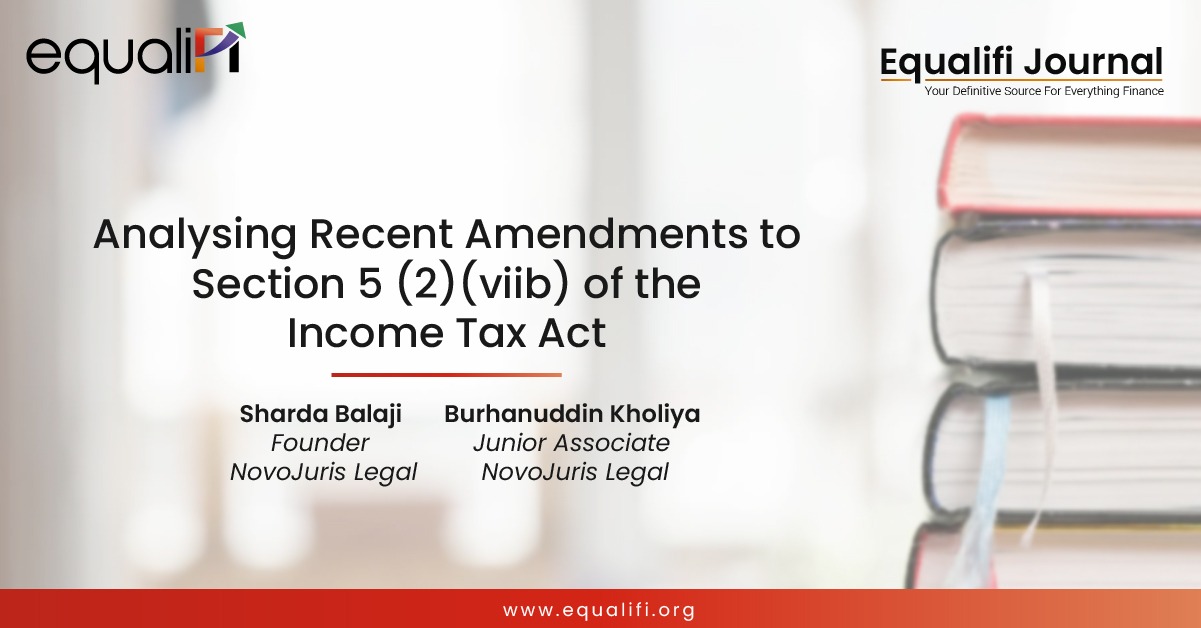Understanding the startup-investor fit
Posted on: August 13, 2019 | By:
It is now a well-known fact that India is the third largest Startup nation in the world. The number of tech Startups as per NASSCOM report has now grown to 7700. Even the number of incubators and accelerators together has crossed over 200. Despite that, during the years of 2016 & 2017 and for most part of 2018, Indian startup ecosystem itself was found to be passing through the ‘Valley of Death’.
Year 2016 saw a huge dip in VC funding to USD5.5bln vs. USD8.9bln in 2015. While 2017 was a good bounce to USD13bln; in 2018 again it dropped a little to USD11bln. Numbers of deals though have been reported to be coming down steadily with 1002 deals in 2016, 936 in 2017 and 743 in 2018 (Source: Inc42).
The increase in funding value has been encouraging, but most part of it is known to have gone into Series A and beyond rounds. Angel, Seed and Pre-Series A round seekers have been left looking upwards to the sky like the poor villagers of Champaner from the movie Lagaan.
But the enthusiasm and fascination towards being part of the ecosystem hasn’t faded at all. The rise in the number of startups has augured well for other participants of the eco-system too, or maybe vice versa. There has been a consistent rise in the number of incubators, accelerators year on year since last 3 years. Not to forget the addition of big sharks at the top of the food chain, the venture capital investors. While the number of incubators and accelerators in the country is estimated to be upwards of 200, which includes academic incubators and corporate accelerators, the number of formal investment firms is estimated to be much higher than that if not equal.
With angle tax issue not seen to be as troublesome anymore, the investor segment appears to be coming of age with a clear cut segmentation evolving viz. Angel, Seed/Early stage VC, Micro VC, Social Impact VC, Family Office, Corporates, Foundations etc., readying to take a bigger bite of the opportunity.
Hence, before knocking on wrong doors, it is imperative for founders to identify the right investment partners that can meet their financial need as well as scaling up support.
Every category of investor has it’s own investment strategy backed by a pre-defined investment objective/philosophy. Every investor will have it’s own likes and dislikes towards particular sectors and industries. And every investor will have it’s own criteria to follow with regards to stage, size and structure of the investment.
While there is no scientific approach to this process, little bit of market intelligence is what is required to know, to whom your pitch deck should be directed. Add to it, a formal and a professional approach through right channels, you can ensure yourself an attention to your e-mail in the investor’s inbox.
So assuming you are ready with your pitch deck and business plans, let’s get a broader understanding of each of these investor categories before you start shooting in the dark:
Angel Network Platforms:
Entry point – Typically, after the founders have shown enough skin in the game by putting their own money and some pooling from friends and family members, angels would come into the picture.
Desired business stage – When a concept or idea has evolved in to some tangible product/solution or when a business is off the ground through some marginal sale.
Typical investment value – Collectively, anywhere from Rs.10lacs to Rs.2crs; individually it could even start with Rs.5lacs per investor.
Manner of investment – Usually, angels invest in a group of 5 to 20 investors, who are members of a particular platform. Angel investors are known to follow a herd mentality and would let one investor lead the round on everyone’s behalf.
Core Benefits – Apart from using the funds to build a team etc. , angels help in much needed business development support by connecting to large potential customers in the early days.
Exit point – Mostly, in a subsequent seed round or early stage VC round.
Micro/Seed VCs:
Entry point – Usually regarded as seed investors, they typically enter when the venture has achieved an angel round and a further push is required to grow the business.
Desired business stage – Micro or Seed stage VCs would generally look at the growth trend of a business during it’s 1st or 2nd year of operations. At this stage, even if the venture is not profitable, an investor would look at the traction of the business in terms of incremental number of customers, unit economics, founder’s commitment to business viz a viz the size of the opportunity.
Typical investment value – Investment value of such investors would usually fall in the range of Rs.1 – 3.5crs. (USD150000-500000)
Manner of investment – Micro VCs would generally be independent investors or first institutional investors but in some cases, could tag along with angel networks.
Core Benefits – Micro VCs help you gain control on your unit economics and facilitate in prudent funding deployment.
Exit point – Typically would remain invested till at least Series A round.
Early Stage VCs:
Entry point – Once a venture has received enough funding from angels or seed stage investors, an early stage VC would consider investing in that particular startup.
Desired business stage – A startup at this stage is expected to have a well-accepted market product, a considerable number of customers on board and in pipeline, clear revenue visibility and favorable unit economics etc. Such stage in market parlance is known as pre-Series A or Series A investment.
Typical investment value – Investment appetite of early stage VC is generally high and their cheque sizes could range between INR3.5cr to INR21cr (appx. USD0.5-3mln).
Manner of investment – Early stage VCs are the most smartest and sharpest breed of investors in the universe under consideration. They would either like to go alone or get a co-investor who could match their size, reach and credibility.
Benefits – Early stage VC investors help the founders with strategic direction of the organization while managing the growth and scale of business. Moreover, these investors could continue to support the venture with additional funding rounds if required.
Exit point – Early stage VC like to stick around for long and would look for an exit during larger rounds like Series B/C/D and so on or eventually an IPO.
Social Impact VC/Foundations:
Entry point – Social Impact VCs more or less would operate on similar lines of seed and early stage VCs barring their narrow investment focus.
Desired business stage – Social impact investors are very segment focused and would consider businesses that essentially benefit the rural sector, under privileged societies, mass markets etc. Only businesses that can create larger social benefits like better farm produce for farmers, increased employment opportunities, financial inclusion etc. would generate interest from such type of investors. However, they look at commercial gains as well at the same time, hence if your start up has already proven it’s abilities to cater to these segments of the market with sustenance abilities, you might have made an impact on them.
Typical investment value – Similar to the lines of micro VCs, social impact ventures would invest generally within USD0.5-1mln.
Manner of investment – Such investors would typically pair along with investors having similar objectives and mandates or could go alone as well.
Core Benefits – Partnering with a social impact VC is all about meeting of minds and meeting of needs. If your startup is built for a social cause, such investors can hand hold you for long.
Exit point – Social impact VC could look at exiting when a larger VC with a similar mandate or a foundation is looking to pump in more funds.
Foundations carry similar mandates to social impact ventures, however, they do not consider their investment as a time bound commercial opportunity. They adopt a very long-term approach in supporting the cause while contributing financially. It is more of philanthropy than an investment.
Family Office:
Entry point – Family office investors are a conservative lot and hence their entry point usually would lie somewhere along the seed stage or early stage of the businesses. Most of them have also entered the game by becoming angel investors first.
Desired business stage – Investing in startups is relatively a newer area for family offices hence mostly they would replicate the strategy followed by seed stage or early stage VCs. Their investment could be strategic or just financially participative in nature. That said, family offices would generally choose businesses from sectors in which they are already present and can add value to it.
Typical investment value – While there are some large family offices in India who have made significant strategic investments, typical investment of a mid size Family Office would be on the lines of early stage VCs i.e. USD 0.5-2mln mostly.
Manner of investment – As mentioned earlier, for family offices, startup investments is a new asset class altogether and many of them are yet to build their internal capabilities. Hence a FO would generally be a co-investor along with a seed or early stage VC and wouldn’t go independent.
Core Benefits – Family Office investors bring in lot of domain knowledge, especially in the fields of marketing, branding, distribution etc. blending the nuances of online and offline business channels.
Exit point – Again, family offices would ride on their co-investor’s strategies and would look for an exit opportunity during subsequent series rounds.
Corporate investors:
Entry point – Corporate investors have a very objective oriented approach and would consider an investment after all funding rounds, at least till early stage funding have been secured. Provided some innovations they would like to support that can help them establish a completely new but a related category.
Desired stage of business – Mostly only innovative businesses would cut the rank here. A startup solving an idea which a corporate would like to adopt for it’s business instead of developing it internally, will be an ideal fit, irrespective of it’s stage. Some corporates would really take a very long-term view and invest in startups that have alignment to their core activities.
Typical investment value – While corporates are known to make investments in 100s and 1000s of crores, their funding commitment is spread over a period of time hence not easy to ascertain a specific number range.
Manner of investment – Most corporates either like to take a single larger minority stake in the startup or take the startup completely under its fold and keep funding it at every required stage.
Core benefits – If your startup is wading into uncharted territories of electric mobility or any other sunrise industry, which requires continual capital support, corporates with big balance sheets are your best partners.
Exit point – Corporates with adoptive strategic investment approach wouldn’t be necessarily looking to exit from a venture unless, the investment is made under it’s VC arm.
Now that we have a better understanding of various type of investors and their method of investments, one should also do some research on each of these investor categories by visiting their websites or through online journals. Some intelligence gathering is warranted before carpet-bombing the market. If not, then a banker or an advisor can always help you hit the right targets through surgical strikes.
(Disclaimer: This article attempts to give an overview of how different type of investors follow a particular approach of investing. The article does not take into account the various qualitative and quantitative factors followed by respective investors before making an investment decision.)
The author is the founder of ‘Eaglewings Venture Services Pvt. Ltd.’. Eaglewings provides ‘Founding to Funding’ services to startups and early stage companies.








